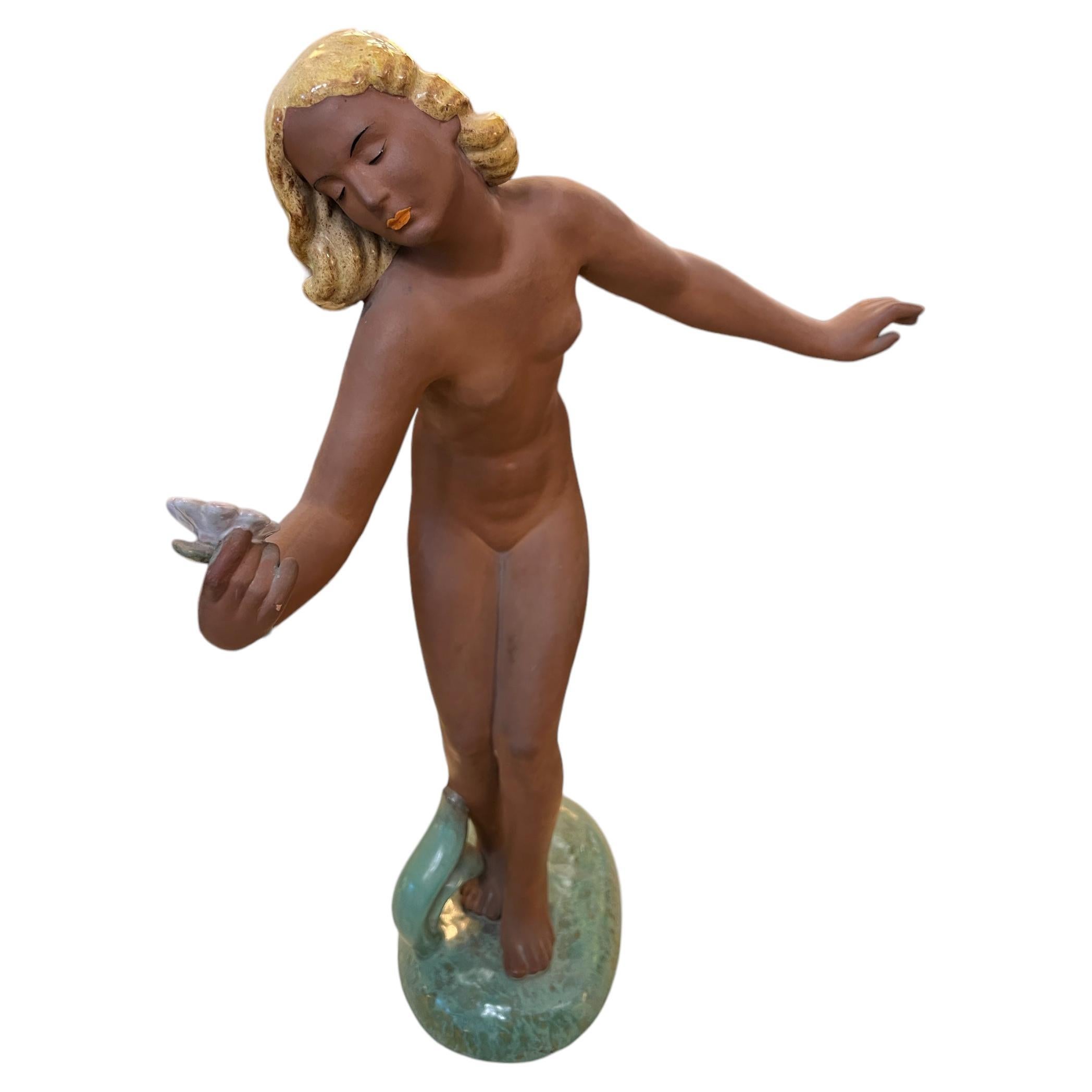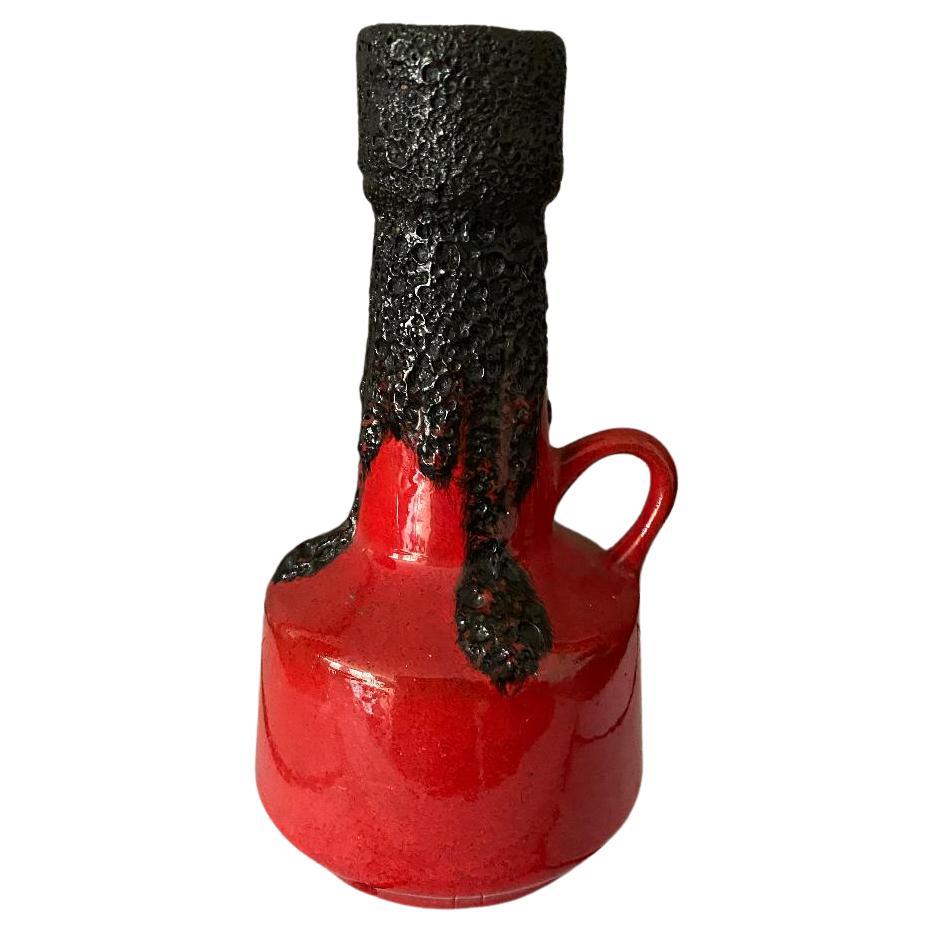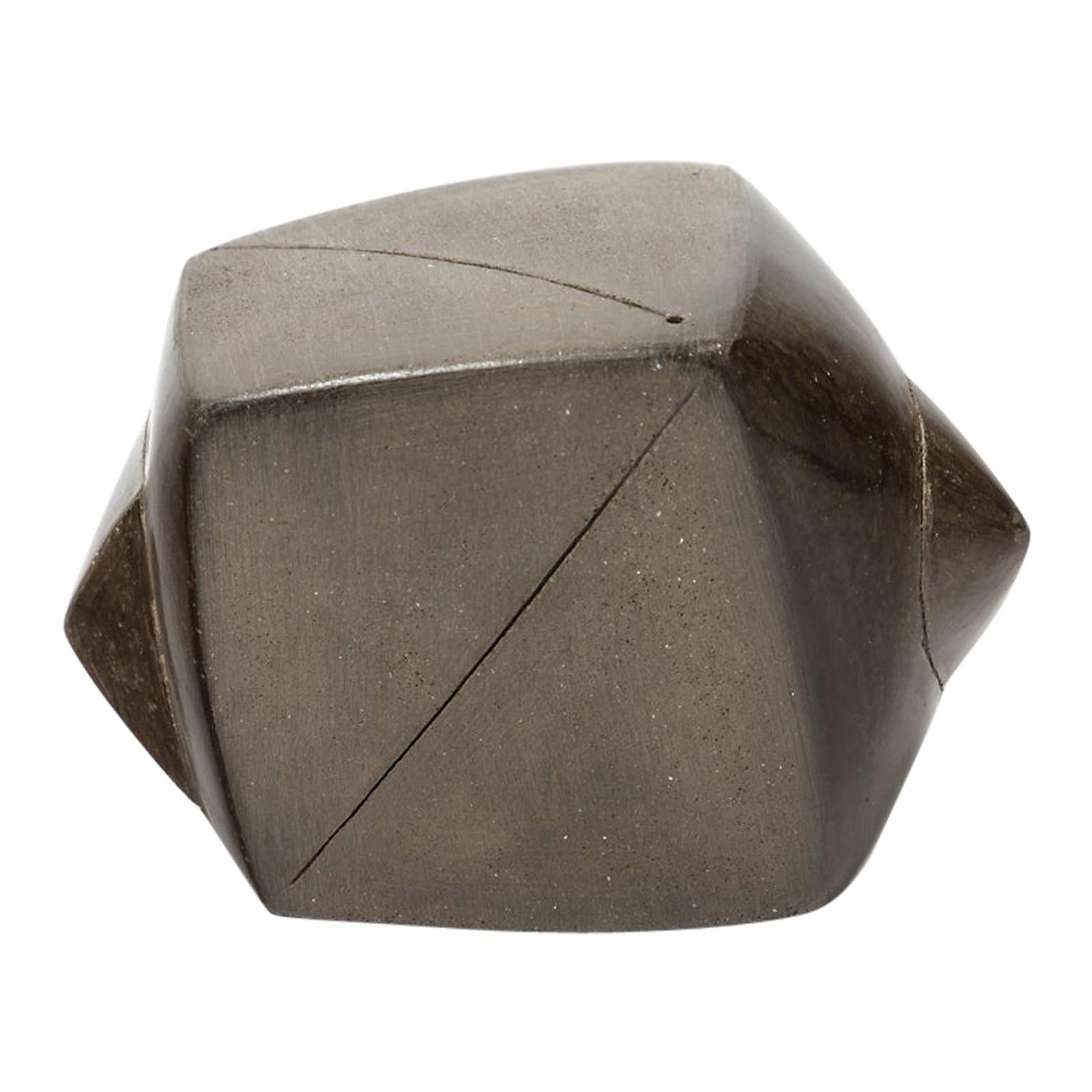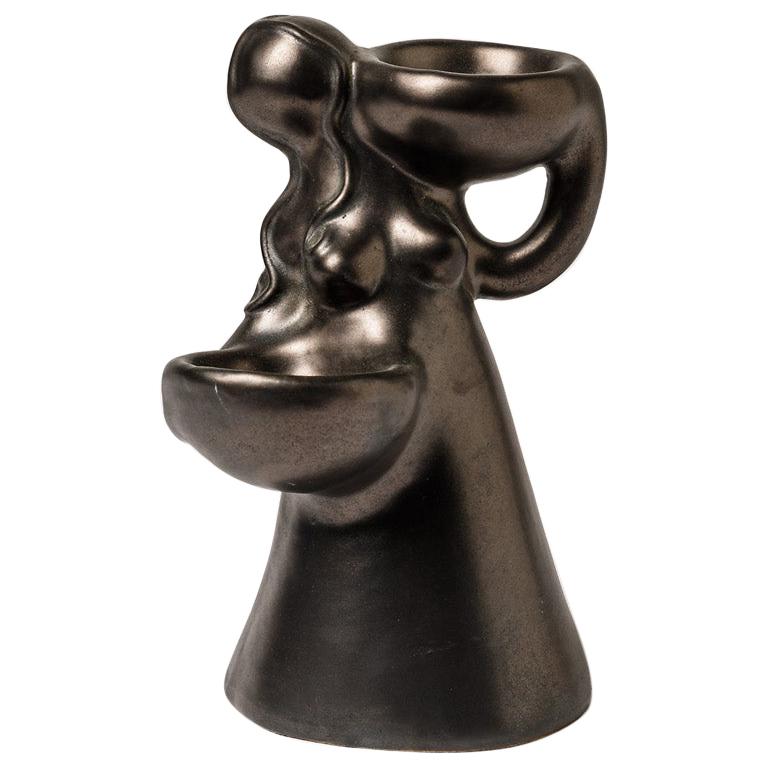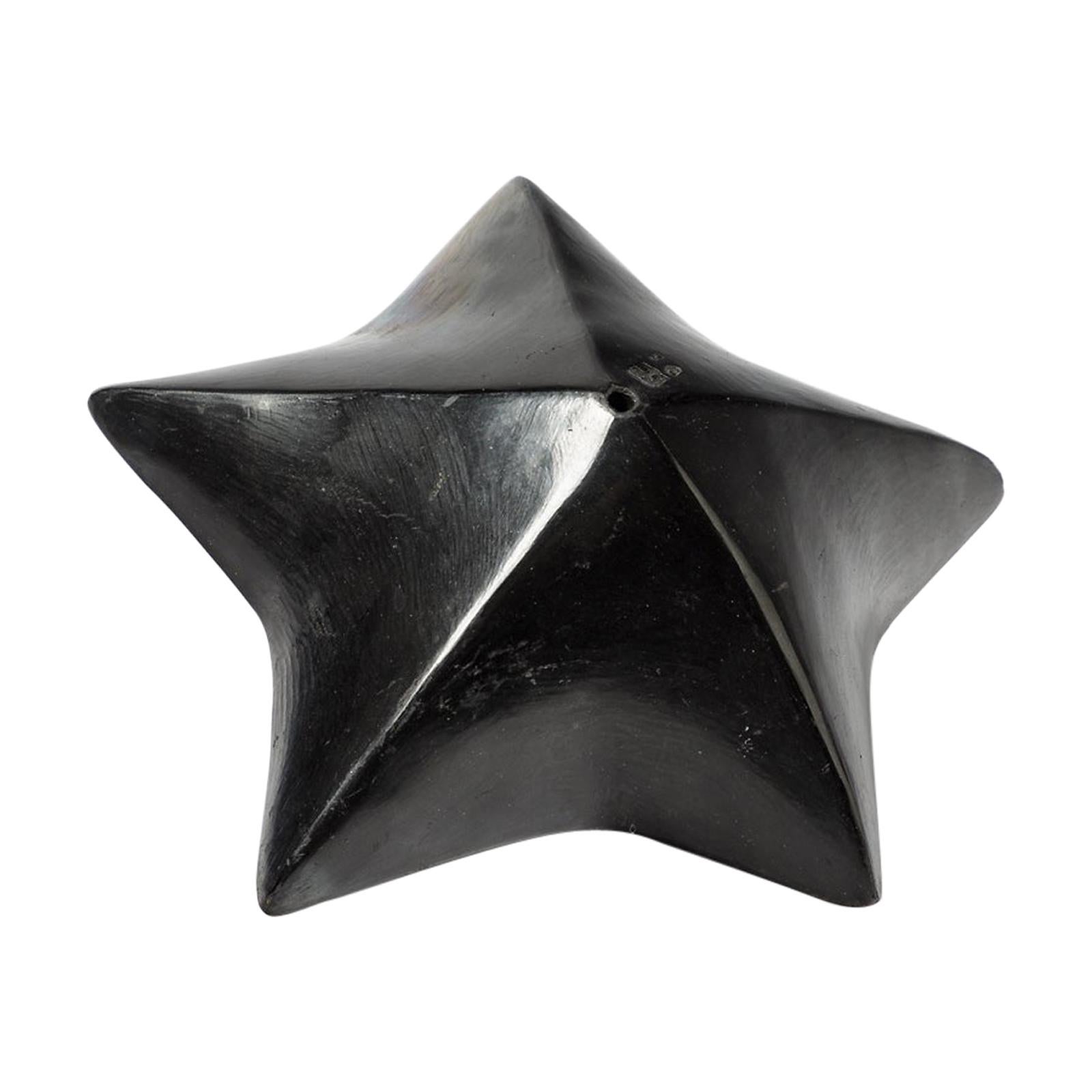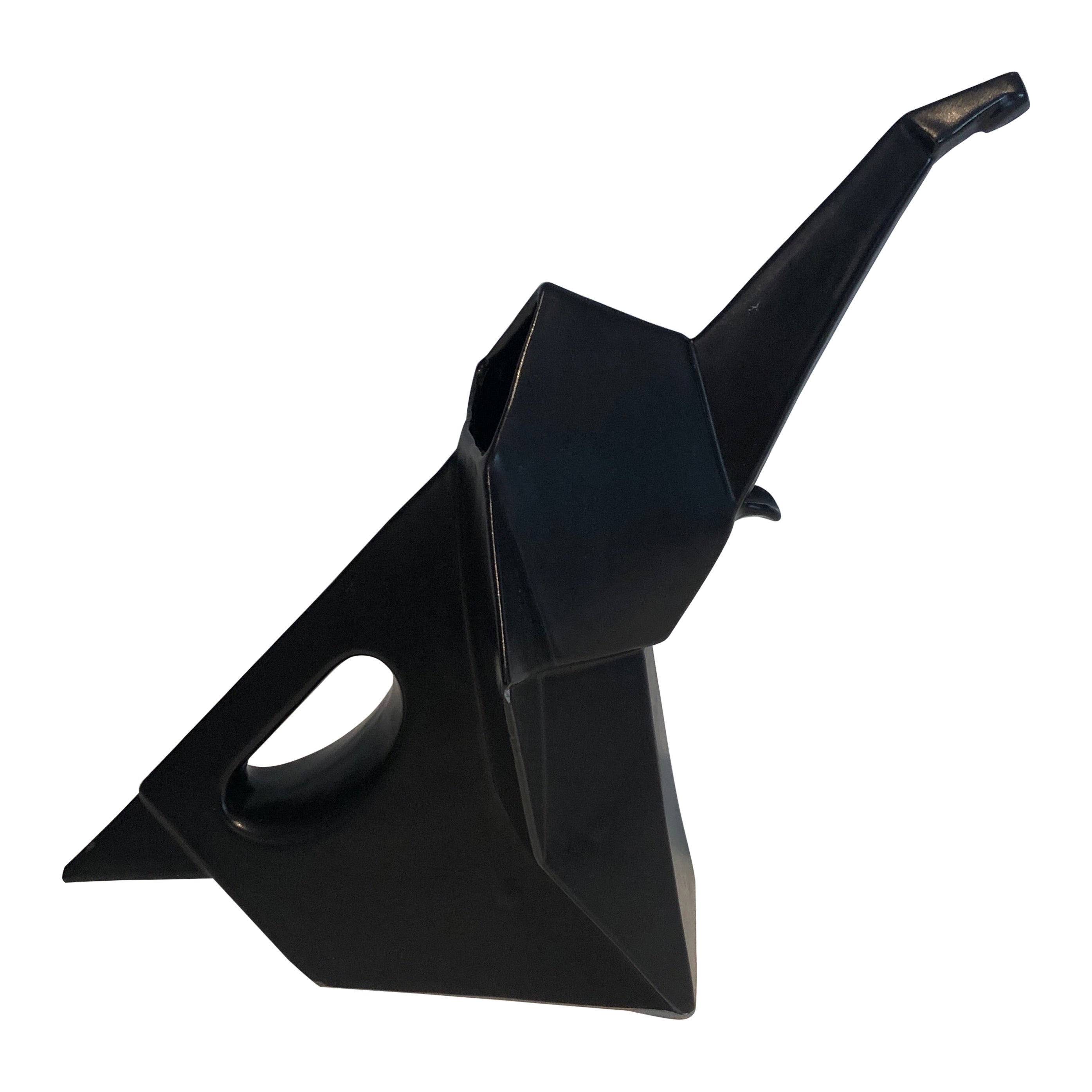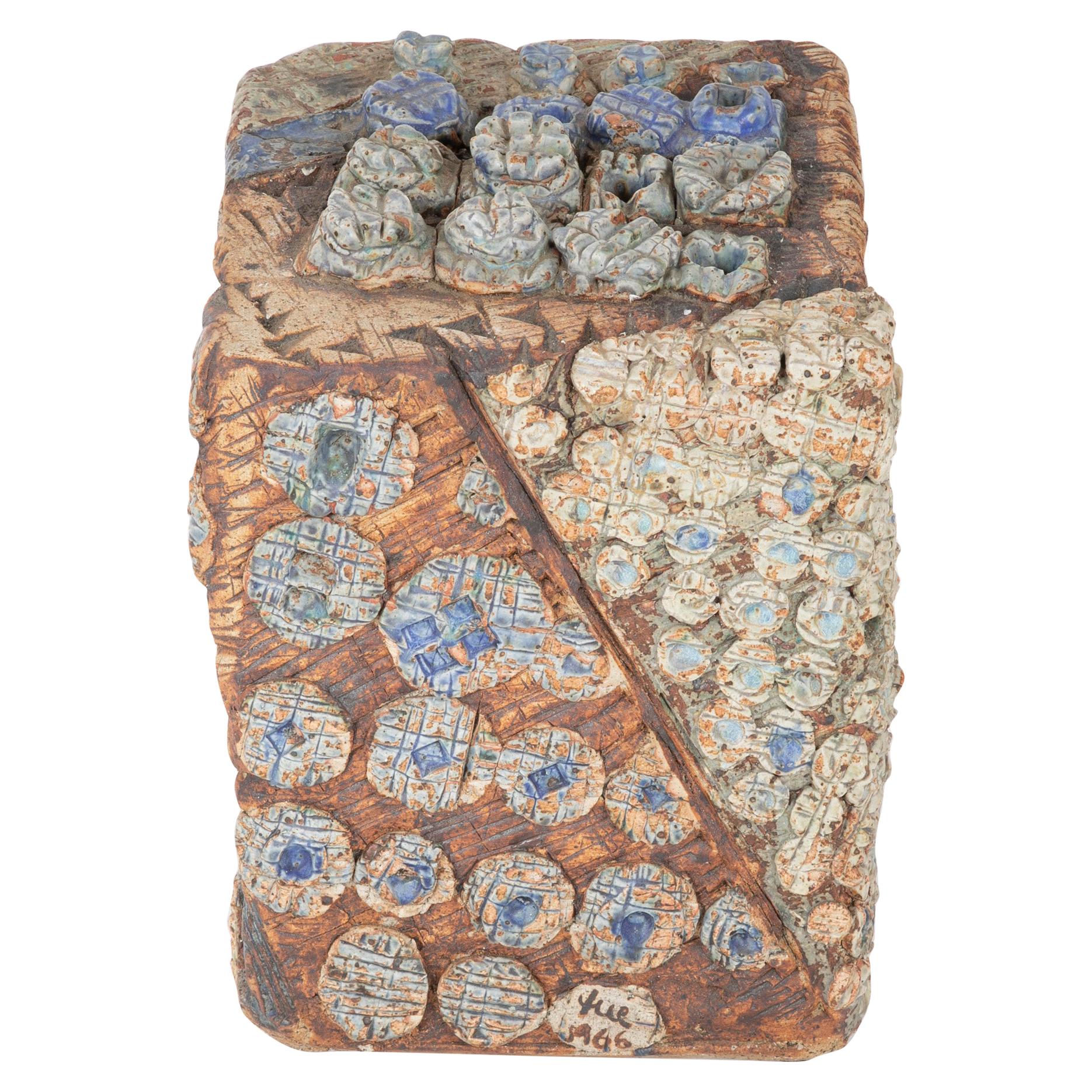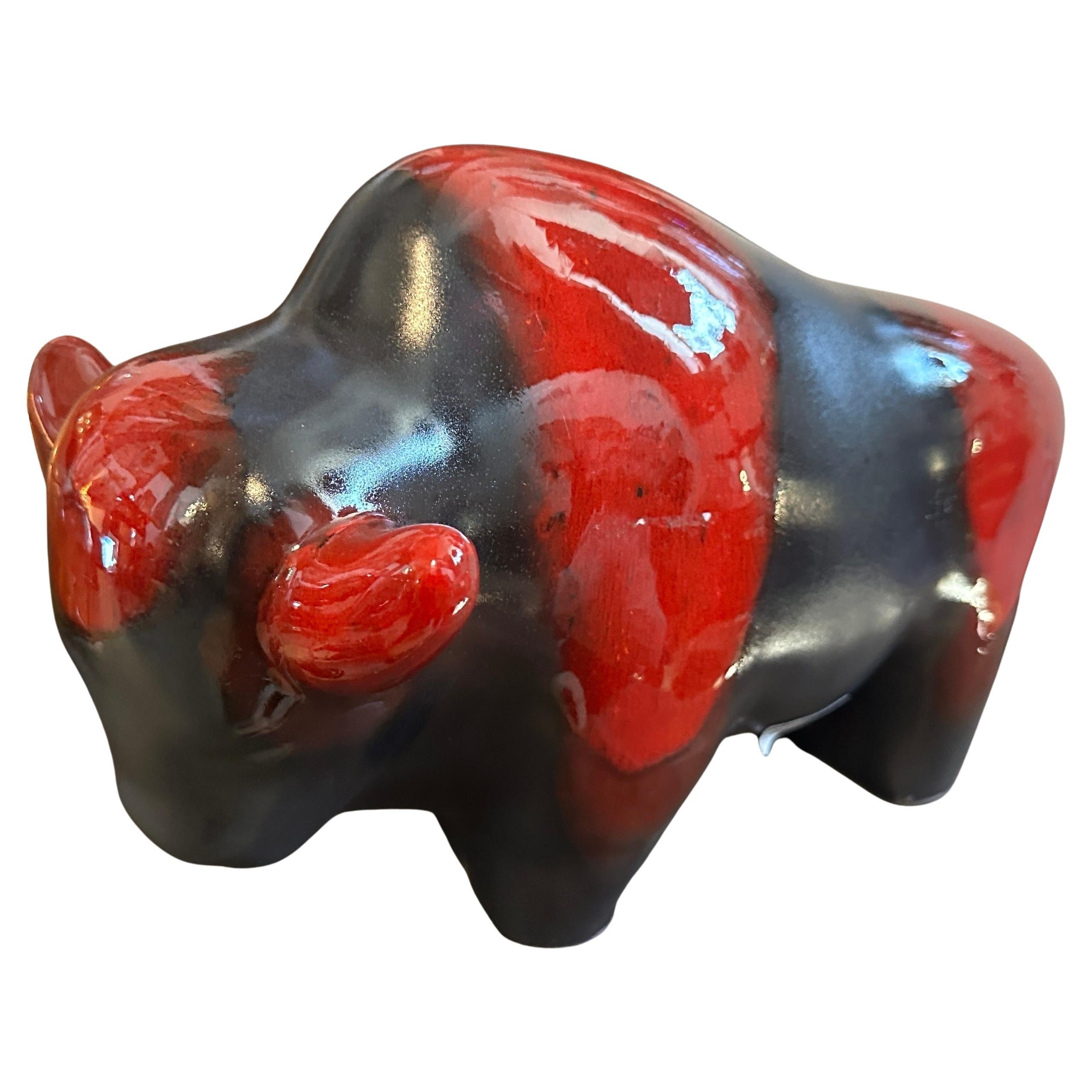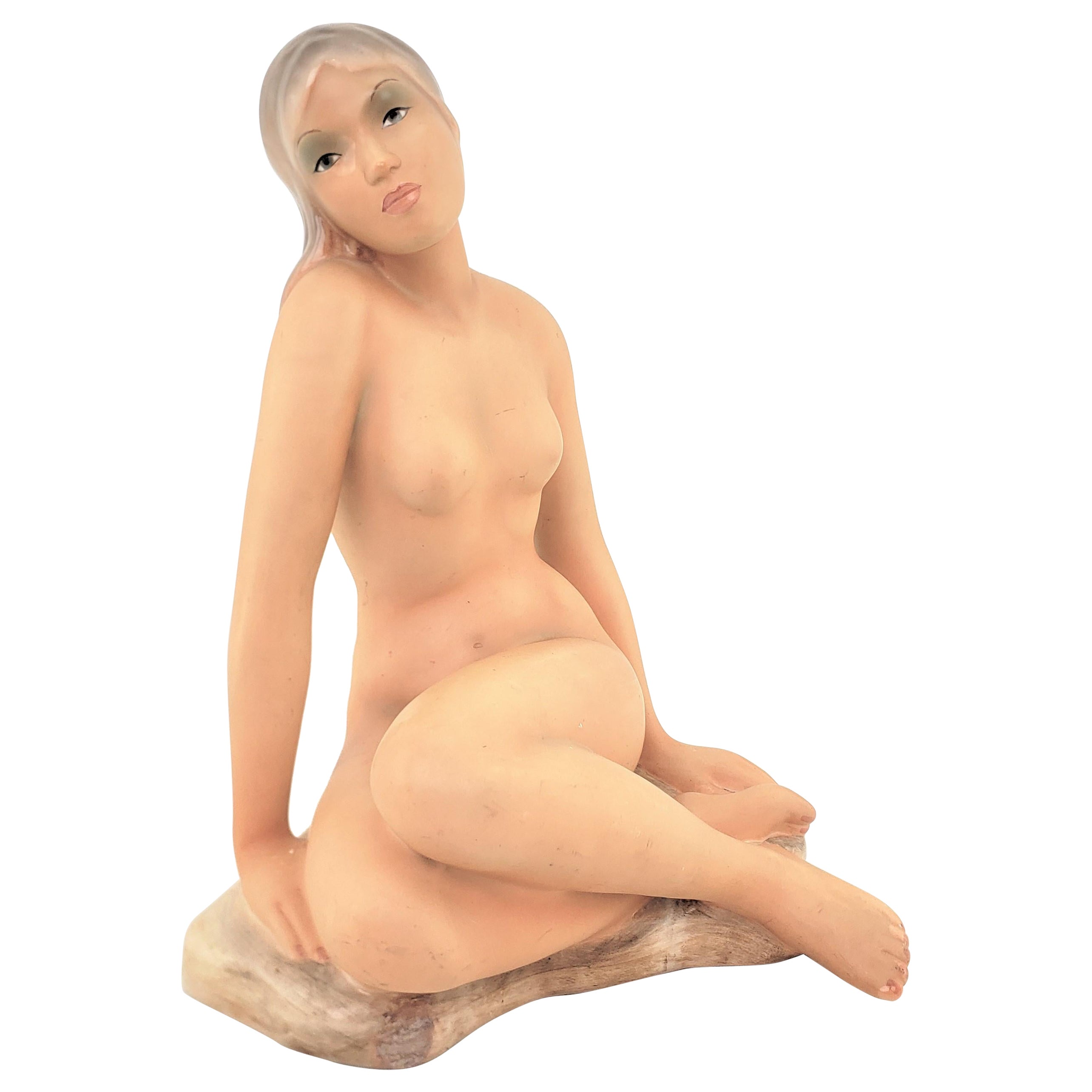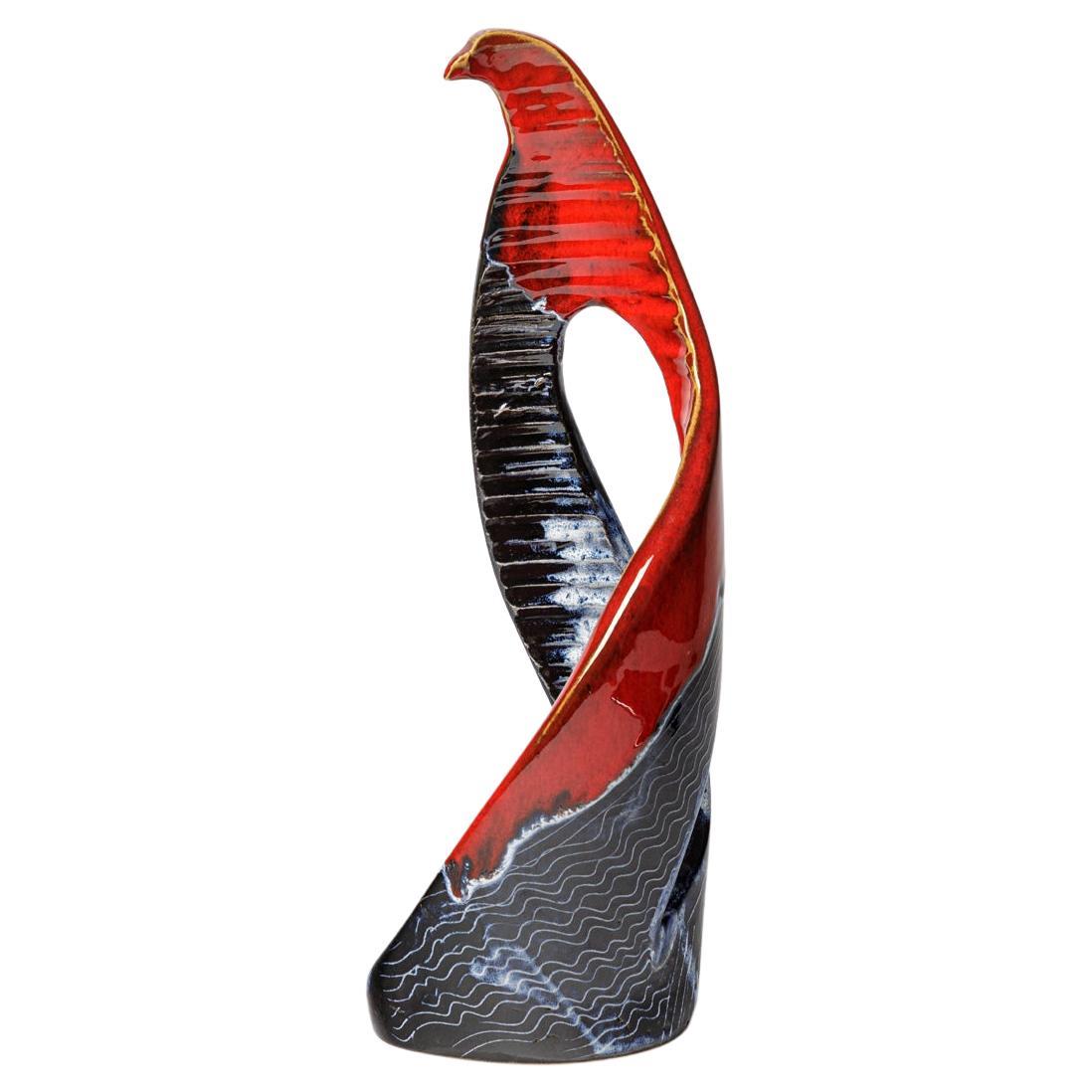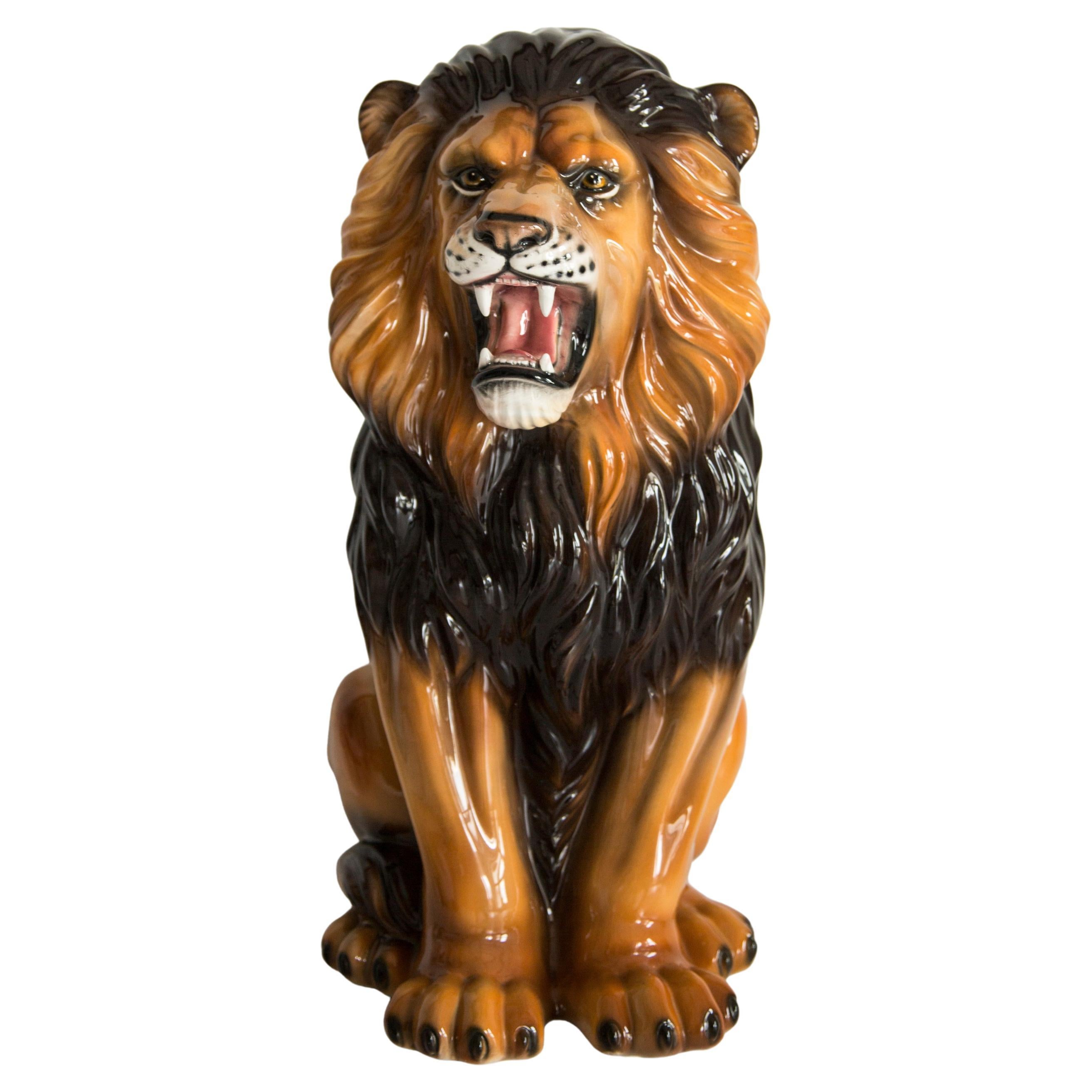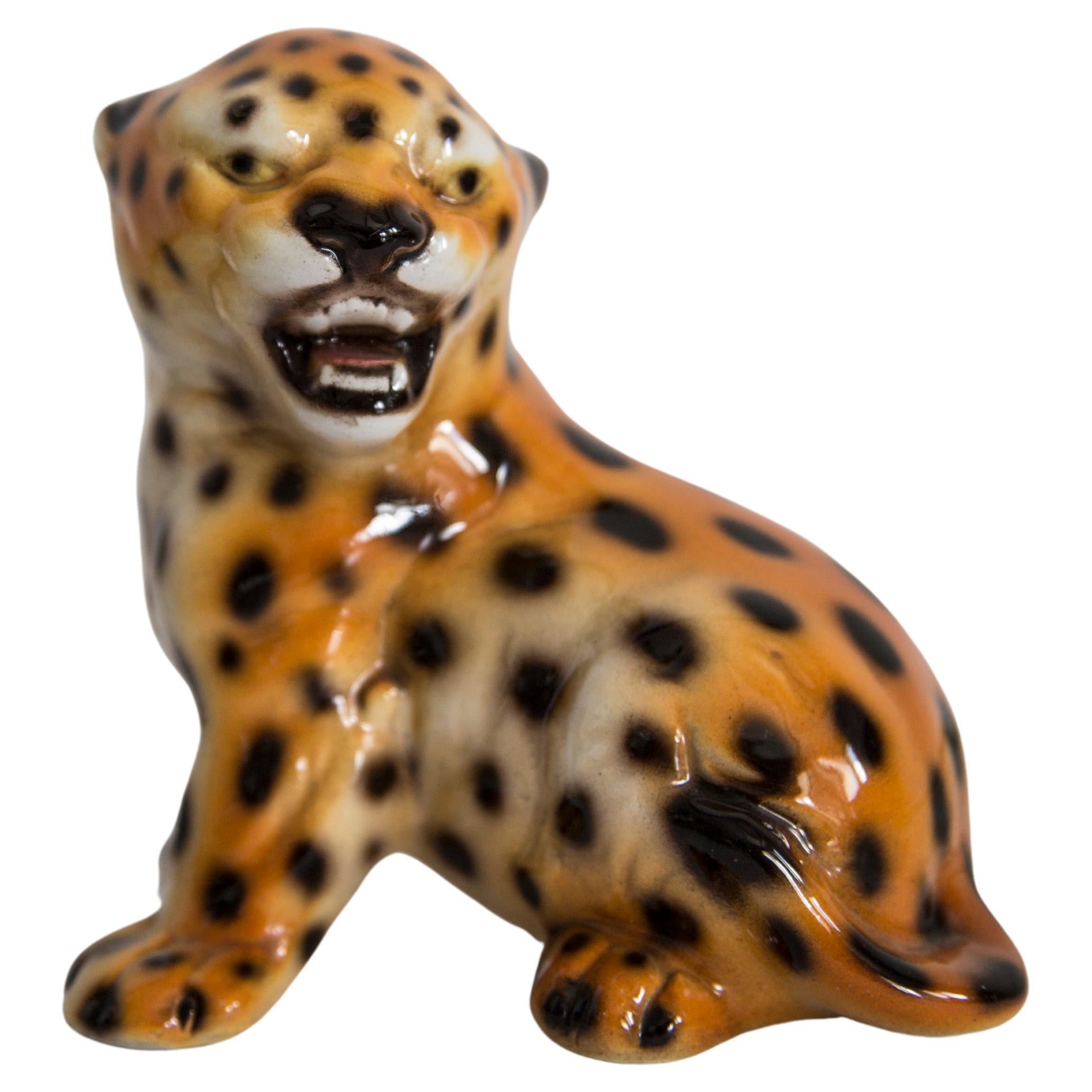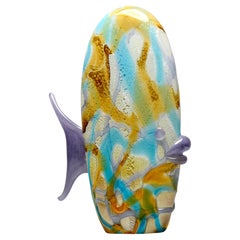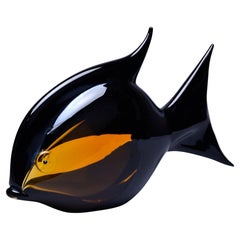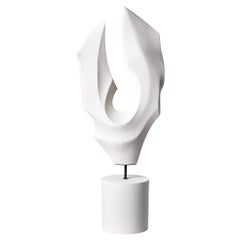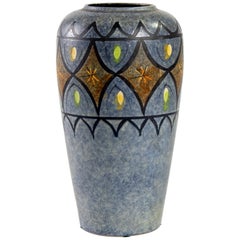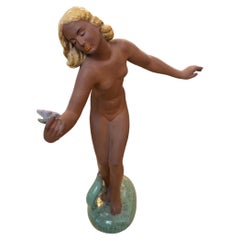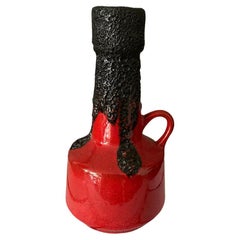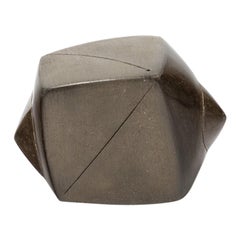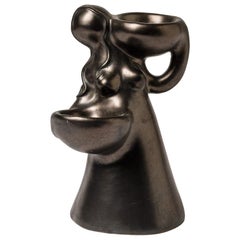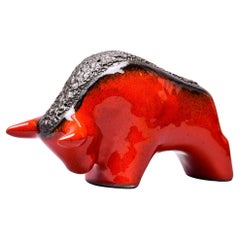
Mid Century Red and Black Lava Style Ceramic Bull
View Similar Items
Want more images or videos?
Request additional images or videos from the seller
1 of 11
Mid Century Red and Black Lava Style Ceramic Bull
About the Item
- Dimensions:Height: 5.25 in (13.34 cm)Width: 9.25 in (23.5 cm)Depth: 4 in (10.16 cm)
- Style:Mid-Century Modern (Of the Period)
- Materials and Techniques:
- Place of Origin:
- Period:
- Date of Manufacture:1970
- Condition:Wear consistent with age and use. very good vintage condition with no flaws found.
- Seller Location:Troy, MI
- Reference Number:Seller: 108561stDibs: LU899930952852
About the Seller
5.0
Platinum Seller
Premium sellers with a 4.7+ rating and 24-hour response times
Established in 1990
1stDibs seller since 2010
1,035 sales on 1stDibs
Typical response time: 1 hour
Authenticity Guarantee
In the unlikely event there’s an issue with an item’s authenticity, contact us within 1 year for a full refund. DetailsMoney-Back Guarantee
If your item is not as described, is damaged in transit, or does not arrive, contact us within 7 days for a full refund. Details24-Hour Cancellation
You have a 24-hour grace period in which to reconsider your purchase, with no questions asked.Vetted Professional Sellers
Our world-class sellers must adhere to strict standards for service and quality, maintaining the integrity of our listings.Price-Match Guarantee
If you find that a seller listed the same item for a lower price elsewhere, we’ll match it.Trusted Global Delivery
Our best-in-class carrier network provides specialized shipping options worldwide, including custom delivery.More From This Seller
View AllTall Mid Century Multi Color Murano Glass Fish
Located in Troy, MI
Circa 1980s Murano glass fish is over 14” tall. Glass is streaked with amber and blue tones and has applied lilac glass tail, mouth and eyes. Unknown Murano maker. No flaws or repair...
Category
Mid-20th Century Italian Mid-Century Modern Animal Sculptures
Materials
Murano Glass
Black and Amber Murano Glass Fish
Located in Troy, MI
Found in Italy, this large Murano fish sculpture in black and amber glass dates from the 1990s. Excellent vintage condition with no flaws or repairs found. Two other fish in this col...
Category
1990s Italian Mid-Century Modern Animal Sculptures
Materials
Murano Glass
Tall Spanish Textured Matte Bone Finish Ceramic Abstract Sculpture
Located in Troy, MI
New and made in Spain, this abstract sculpture is ceramic with a matte finish. Standing over 30” tall, the piece has a ceramic cylinder shaped base with a metal support rod to displa...
Category
2010s Spanish Modern Abstract Sculptures
Materials
Metal
Tall Midcentury West German Vase
Located in Troy, MI
West German tall ceramic vase has a gray blue glaze with a bold incised and glazed decorative border at the top, circa 1960s. Unknown maker - we cannot make out manufacturer’s number...
Category
Mid-20th Century German Mid-Century Modern Vases
Materials
Ceramic
Signed Guerin Jug with Shield and Fleur-de-Lis
By Guerin Bouffioulx
Located in Troy, MI
Midcentury ceramic jug by Guerin of Bouffioulx, Belgium has a globe-shaped body, black handle and narrow neck. Design is etched and glazed depiction of shield and fleur-de-lis. Etche...
Category
Mid-20th Century Belgian Vases
Materials
Ceramic
Tall Italian Mid Century Red Glass and Brass Bar Cabinet
Located in Troy, MI
Found in Italy, this tall glass and brass-clad bar cabinet dates from the 1980s. Brass curule base has decorative details and supports a two door, glass and brass-clad cabinet. Glass...
Category
Mid-20th Century Italian Hollywood Regency Cabinets
Materials
Brass
You May Also Like
Ceramic Red and Black, Style, Art Deco
Located in Ciudad Autónoma Buenos Aires, C
Ceramic
Sign:
Made in Austria Keramos
2051
19/M
Wiener
Keramos, later Keramos AG or Keramos KG , was a Viennese ceramics manufacturer that made a name for itself especially in the interwar period . In addition to their own designs, designs from the dissolved Wiener Werkstätte were also produced from 1932 onwards. In over 60 years of company history, around 3000 model designs have been produced by around 60 ceramists.
Keramos also carried out commissions from the Wiener Werkstätte, such as vases by Dagobert Peche .
History
The origins of the Keramos company lie in two companies with the same name. The company Keramos – Invalid Society for Viennese Art Ceramics was founded at the end of 1919 on the initiative of the three ceramists Rudolf Wolf, Heinrich Wolf and Ludwig Rys, who had become invalids in World War I. Production started in September 1920. Art-ceramic lamps, figures, vases and boxes were produced.
The company Keramos – Viennese art ceramics and porcelain manufactory was founded in 1920. Josef Hoffmann was a shareholder of Keramos for a long time, as was the sculptor Rudolf Podany, who was engaged from the start and created a large number of designs. From 1921 Anton Klieber was employed, who was also responsible for most of the models.
Around 1924 both companies were merged and converted into an AG, commercial director became Otto Köller, the technical directors were the brothers Rudolf and Heinrich Wolf.
"Some war invalid ceramists founded a workshop with the help of some artists, which was subsequently financed by the state and later enlarged with its participation and converted into a joint-stock company."
The company's headquarters were in the Hofburg , Schwarze-Adler-Stiege, the factory in the 10th district of Vienna, Schleiergasse 17. Artistic collaborators at that time were Eduard Klablena , Otto Prutscher , Karl Perl , Karin Jarl-Sakellarios , IDA Schwetz- Lehmann and Grete Fucik-Fischmeister. On February 23, 1928, the triangular mark was entered in the trademark register. It was now also produced for the Wiener Werkstätte.
Difficulties for the company arose from the Great Depression . Around 1932, 50 people were employed and a large number of models from Eduard Klabena and the dissolved Wiener Werkstätte were taken over. The works created by Keramos were labeled with their company brands until after 1941. From 1939 the economic situation of the company was better managed by taking over the production of ceramic winter welfare organization badges, the so-called WHW badges.
Before 1941 the company is converted into a KG named Keramos, Wiener Kunstkeramik und Porzellanmanufaktur Brüder Wolf KG . Otto Köller was no longer active from this point on.
After the end of World War II, Robert Obsieger recommended Robert Mathis as the new head of Keramos, who took over the management of the ceramics manufactory in 1945. In 1949 Mathis introduced a new company logo, which was used alongside the existing triangle mark, the so-called coat of arms mark.
Anton Klieber and Rudolf Podany continued to work as ceramists, and new artists such as Josef Lorenzl and Stephan Dakon , both of whom had previously worked for Goldscheider , as well as Rudolf Chocholka, Karl Grössl and Ina Eisenbeisser were engaged. New models such as dancers, children's figures, animals and nudes were created, as well as the well-known wall masks, young people and poodles from the mid-1950s, which corresponded to the trend at the time. In addition, however, traditional designs such as Madonna statues and busts, saints and angels were still made.
Utility ceramics such as crockery, vases, lamp bases, candle holders and flower pots also became an important branch of production, and cooperation with the German manufacturer Carstens at the beginning of the 1960s was just as lucrative.
In the course of the 1960s, the sales markets for figurative ceramics became increasingly difficult. So until 1982, production was increasingly shifted to everyday ceramics, since ceramic figures were no longer modern due to changing tastes and the spirit of the times. Ultimately, the economic situation at Keramos became more and more difficult and Klaus Mathis, the son of Robert Mathis and then director, who succeeded his father at the helm of the company at the beginning of the 1970s, initiated the liquidation of the company at the end of 1982 .
Staff
The following artistic collaborators have worked for Keramos over the years: Hans Adametz , Franz Barwig the Elder , Franz Barwig the Younger , Andreas Beck, Hans Bolek, Angelo Bortolotti, Hertha Bucher , Rudolf Chocholka, Stephan Dakon , Ferdinand Doblinger, Eckstein, Franz Eggenberger , Ina Eisenbeisser, English, Stephan Erdös, Alois Feichtinger, Feyslitz, Hans Friedberger, Grete Fucik-Fischmeister, Kurt Goebel, Anton Grath, Karl Grössl, M. Günther, Otto Hafenrichter, Arnold Hartig , Friedrich Herkner, Trude Hillinger, Leopold Hohl, Hostasch, Karl Jamök, Karin Jarl-Sakellarios , Eduard Klablena, Klar, Anton Klieber, Maria Klinger, Josef Kostial, Josef Lorenzl , Wilhelm Otto Lugerth, Viktor Matula, Gusty Mundt-Amman, Novotny, Carl Perl, Rudolf Podany, Friedrich Pollak, Hugo Postl, Adolf Prischl, Otto Prutscher , Max Rieder , Elisabeth Rieger-Hofmann, Walter Ritter , Willibald Russ, Karl Sailer, Schönberg, Schwarz, Ida Schwetz-Lehmann , Sult, Robert Ullmann , Otto Weigand, IDA Weiss-Moricz, Rudolf Wolf.
Exhibitions
• Jubilee exhibition of the Wiener Kunstgewerbeverein, Austrian Museum , Vienna 1924.
• Arts and Crafts Exhibition, Paris, 1925.
• Exhibition of Austrian arts and crafts...
Category
Vintage 1930s Austrian Art Deco Figurative Sculptures
Materials
Ceramic
Mid-Century Roth Fat Lava Black and Red Vase
By Roth Keramik
Located in Waddinxveen, ZH
A Roth Keramik vase, with a matte bubbly 'lava' glaze thickly poured over a glossy red glaze.
Measures: height: 20cm and depth: 10cm.
Category
Vintage 1960s German Mid-Century Modern Vases
Materials
Ceramic
Black Abstract Ceramic Sculpture by Nadia Pasquer Mid Century Design
By Nadia Pasquer
Located in Neuilly-en- sancerre, FR
Nadia Pasquer
Black asbtract ceramic sculpture by the French artist
Signed under the base
Original perfect condition
Realised circa 2000
Measures: Height: 7cm, large: ...
Category
21st Century and Contemporary French Modern Abstract Sculptures
Materials
Ceramic
Figurative Mid-20th Century Black Ceramic Sculpture circa 1960 Woman Art
Located in Neuilly-en- sancerre, FR
Figurative ceramic sculpture, circa 1960
Elegant black ceramic glaze color
Original mid-20th century form
Perfect condition
Measures: Height 18cm, large 12cm.
Category
Mid-20th Century French Mid-Century Modern Figurative Sculptures
Materials
Ceramic
Black Star Ceramic Sculpture by Nadia Pasquer French Mid Century Design
By Nadia Pasquer
Located in Neuilly-en- sancerre, FR
Nadia Pasquer
Black star ceramic sculpture by french artist Nadia Pasquer
Signed and dated 1998
Original perfect condition
Measures: Height: 10cm large: 14cm.
Category
Late 20th Century French Modern Abstract Sculptures
Materials
Ceramic
Elephant Black Ceramic Picher
Located in Marcq-en-Barœul, Hauts-de-France
This pitcher which represents an elephant, is made of a black glazed ceramic. This is a French work, circa 1970.
Category
Vintage 1970s French Mid-Century Modern Ceramics
Materials
Ceramic
$1,803 Sale Price
20% Off
Recently Viewed
View AllMore Ways To Browse
Ceramic Bull Italy
Italian Ceramic Bull
Ceramic Red Bull
Art Deco Dog Ceramic
Art Deco Tiger Sculpture
Basset Hound Vintage
Brass Hound
Bronze Dogs Mene
Bronze Race Horse
Carved Horn Bird
Carver Eagle
Ceramic Pigeon
Concrete Bear Sculpture
Crystal Horse Sculpture
Elephant Horn
French Chinoiserie Sculptures
Giltwood Eagle Sculpture
Green Ceramic Cat
